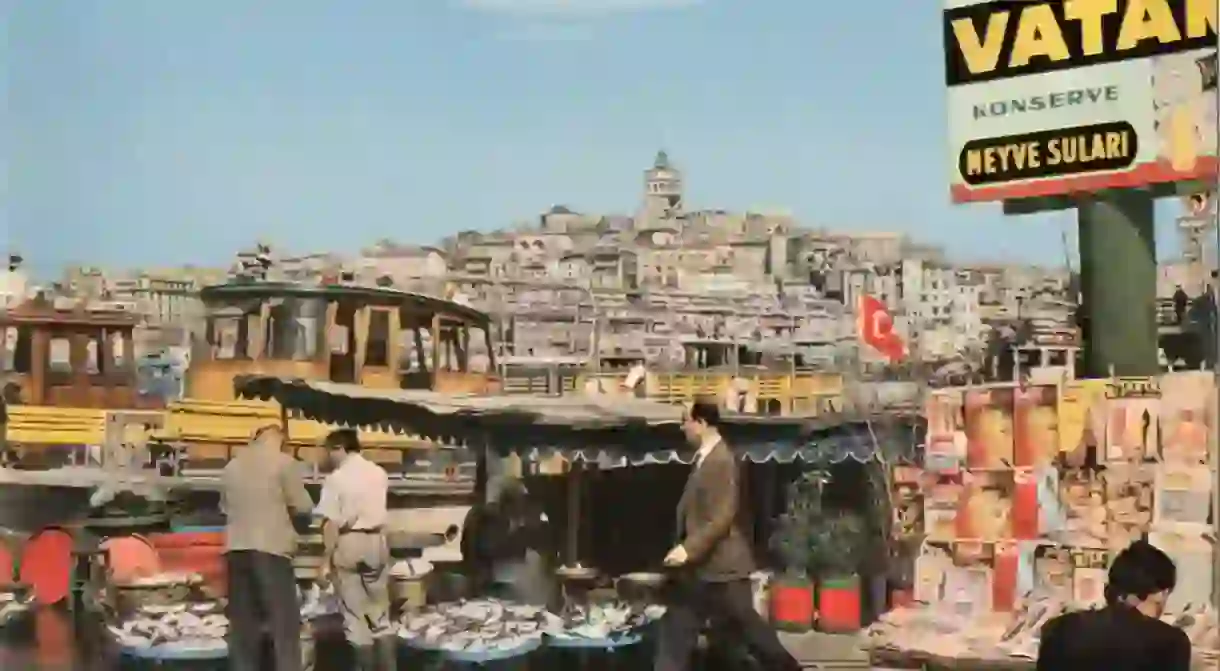Stories Behind the Names of Istanbul's Neighborhoods

With its rich cultural and historic past, it’s no wonder that the names of Istanbul’s neighbourhoods, much like its streets, have a significant meaning behind them. We took a look at a few of Istanbul’s popular neighbourhoods and how they got their names.
Eminönü
Famous for the New Mosque and Spice Bazaar, Eminönü is the crowded neighbourhood you’ll stumble upon as soon as you cross the Galata Bridge. Its name comes from its Ottoman past when the area was the centre of trade and mainly inhabited by traders and sailors. With such a high traffic of products being traded, the neighbourhood was also full of custom houses that controlled taxes, records and storage called Emins. And so, Eminönü, which literally translates to ‘in front of the custom houses,’ was born.

Kadıköy
Kadıköy is the pride and joy of Istanbul’s Asian side and it’s slowly starting to be discovered by visitors, especially the very young and cool Moda district. One of Istanbul’s oldest settlements, its history, along with the root of its name, date back to around 675 BC when the Phoenicians inhabited the area and called it ‘Carhadon’ and later, ‘Chalcedon.’ After the Ottomans conquered Constantinople, Chalcedon was changed to the more Ottoman sounding equivalent of Kadıköy.

Feriköy
Feriköy is a mostly residential neighbourhood where high-rise luxury apartments overlook the historic churches and graveyards that remain from a very different era. In fact, Feriköy was mostly inhabited by the Greek Orthodox during the Ottoman era and the neighbourhood’s name comes from a French merchant by the name of Monsieur Ferri. Due to the fact that Ferri built a mansion in the area during the 18th century, the neighbourhood was called Feri’nin Köyü, or the village of Ferri, and later on, Feriköy.
Tarabya
Another residential neighbourhood, this time on the Bosphorus coast of the European side, Tarabya is famous for its fish restaurants as well as its historic churches. During the Byzantine era, the area was a rehabilitation spot due to its natural landscape and air quality. Therefore, in the 5th century, the Patriarch Attikos officially named the neighbourhood Therapia, which translates to therapy in Greek. Over time, the name was transformed into the Turkish version, Tarabya, but the memory of its Greek past still remains in the area’s historic architecture.

Çemberlitaş
Anyone who has visited the Grand Bazaar is already familiar with the neighbourhood of Çemberlitaş and its famous honorific column, the Column of Constantine, which was built to honour the establishment of Constantinople. Built from porphyry blocks, which can only be found in Egypt, the column was greatly damaged over the centuries due to acts of vandalization and natural disasters. By the time the 19th century rolled around, the Ottoman Sultan Abdülhamid I had iron rings attached to the column for support and the neighbourhood was from then on known as Çemberlitaş, which literally translates to rock with hoops.














